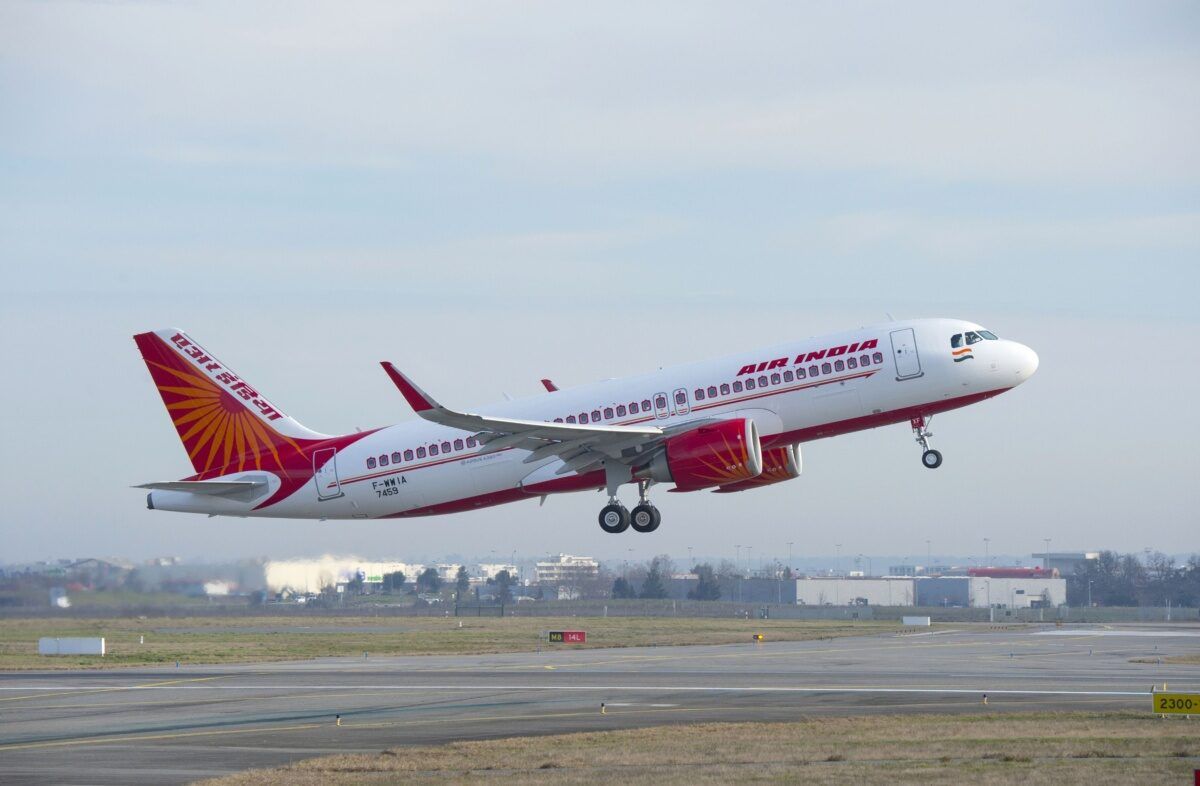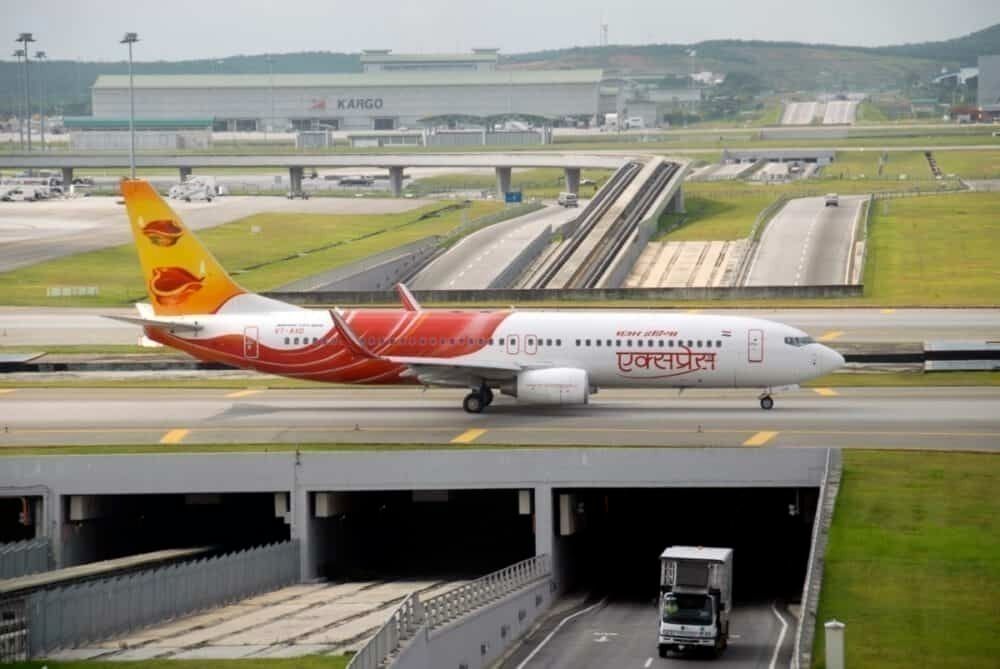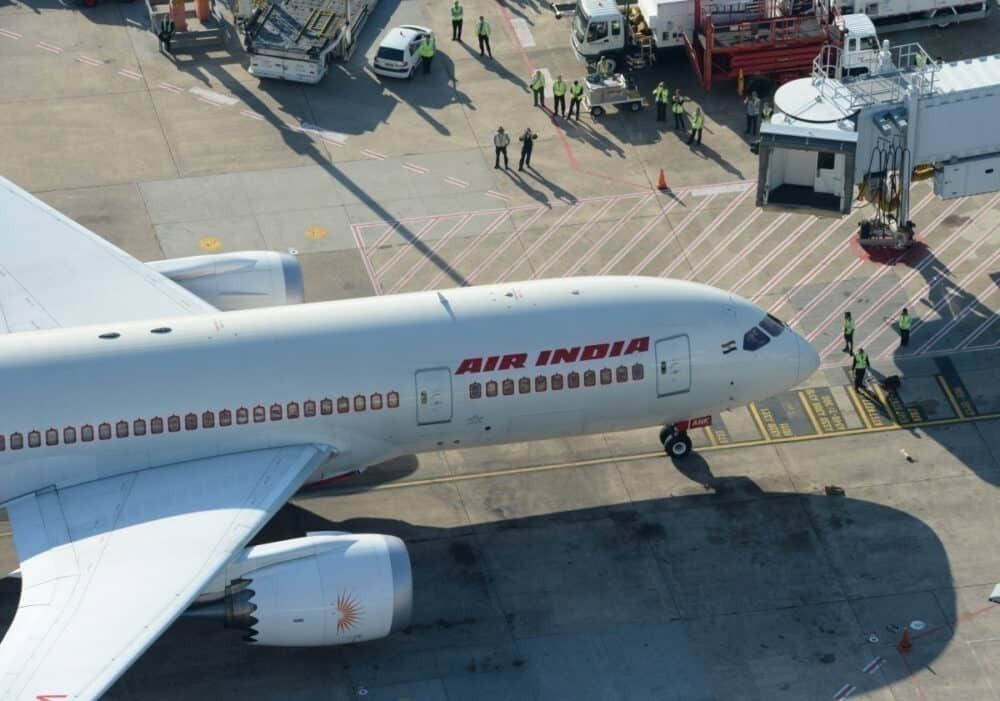Air India has now repatriated nearly 75,000 citizens since repatriation flights started in May. The airline, along with subsidiary Air India Express, has operated flights from over 31 countries. However, demand for flights still remains high, with many now wishing to return to other countries. Let's find out more.
Air India continues to lead
The announcement that Air India has repatriated nearly 75,000 citizens shows the scale of the current operation. Originally, the government planned to bring home around 40,000 nationals in the first two phases of the mission. However, this number was later increased to nearly 100,000 after seeing huge demand. The government is now in the third phase of repatriations.
The operation, named Vande Bharat, has been led by Air India and subsidiary Air India Express. Air India operates all long-haul routes to Europe and North America along with a number of shorter routes. Whereas, Air India Express exclusively operates shorter routes to Asia and the Middle East (the airline operates a fleet of 737s).
However, in recent weeks the government has allowed private carriers to participate as well, allowing for more capacity. Under Phase 2 of the operation, private carriers were given permission to fly 180 flights from the Middle East. However, private airlines have only been given permission to operate 29 flights in Phase 3.
Demand for international flights rises
As mentioned before, the demand for international flights remains extremely high. The government is currently only bringing back those with compelling reasons, such as the elderly, students, those with expiring visas, etc.
Over 300,000 people with 'compelling reasons' have registered to return home from the Middle East alone. This means that the actual demand for repatriation could be much higher, possibly over a million, making it nearly impossible for the government to bring so many people home. The only feasible way to bring home so many people would be to allow commercial international flights once again, a call which the government is considering.
In recent weeks a new demand has cropped up. As countries around the world start returning to work, a number of Indians are asking to be allowed to return to foreign countries. The government has allowed Air India to carry passengers on the outbound leg of repatriation flights, although this has been plagued with difficulties.
Airlines such as Lufthansa have seized on this demand, offering to fly in empty and only carry passengers out. This would allow those eligible to leave to travel to their destinations, while not burdening the medical system with new passengers.
Repatriation flights to continue
India has kicked off Phase 3 of repatriations from today. The third phase will continue until early July, with plans to fly 432 flights from 43 countries. These will also be a focus on flights from the US and Canada, which have seen a huge demand according to the government. Air India will lead this phase of the mission as well.
As repatriation flights continue it is clear that India is still lacking in available flights. India has the largest expatriate population in the world and it seems that only commercial flights can meet demand this high. However, the government's attempts are helping hundreds of thousands who need urgent assistance to return to the country, until such time international flights can resume.
What do you think about the government's repatriation plan? Let us know in the comments below.



